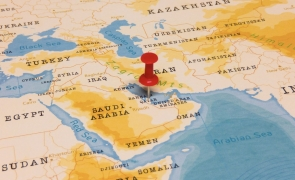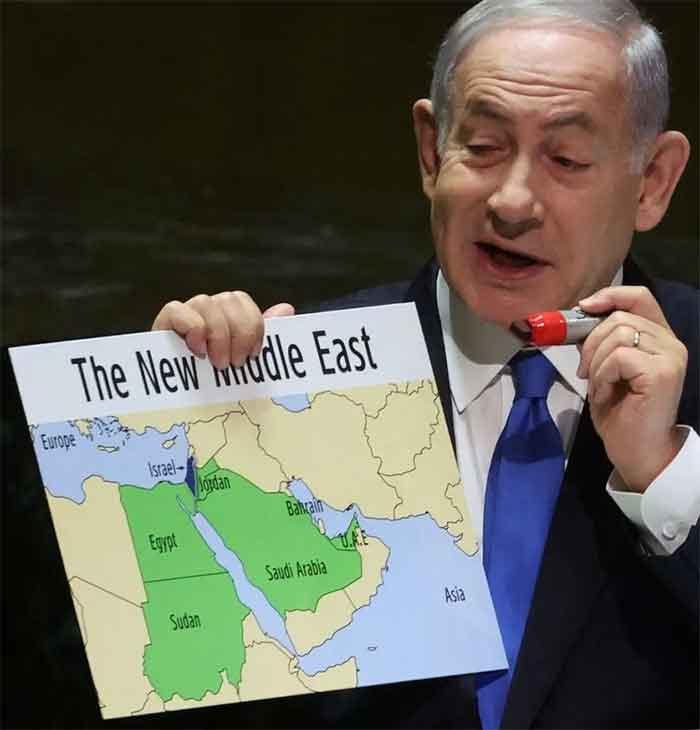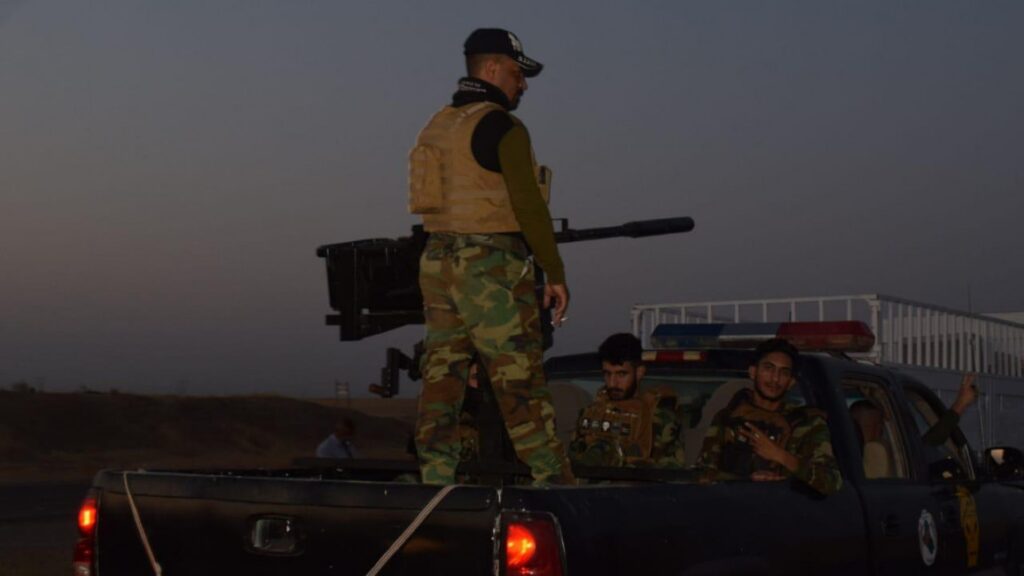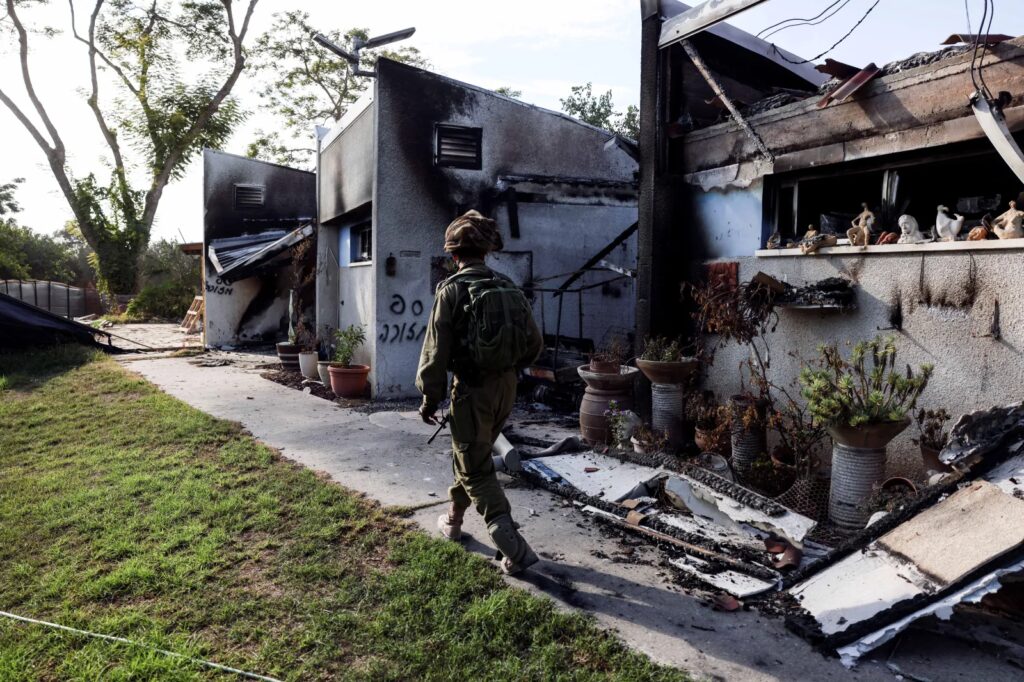Europe: Demography Governs Democracy

There is a replacement of civilization and the media is not even covering it.
“By 2050, 50 percent of the French population will be mixed.” — Jean-Luc Mélenchon, Radio Classique, May 17, 2021.
“The mayor of Grenoble adopts the arguments and rhetorical formulas of the Muslim Brotherhood: talking about freedom to impose sexism”. — Céline Pina, Le Figaro, May 4, 2022.








